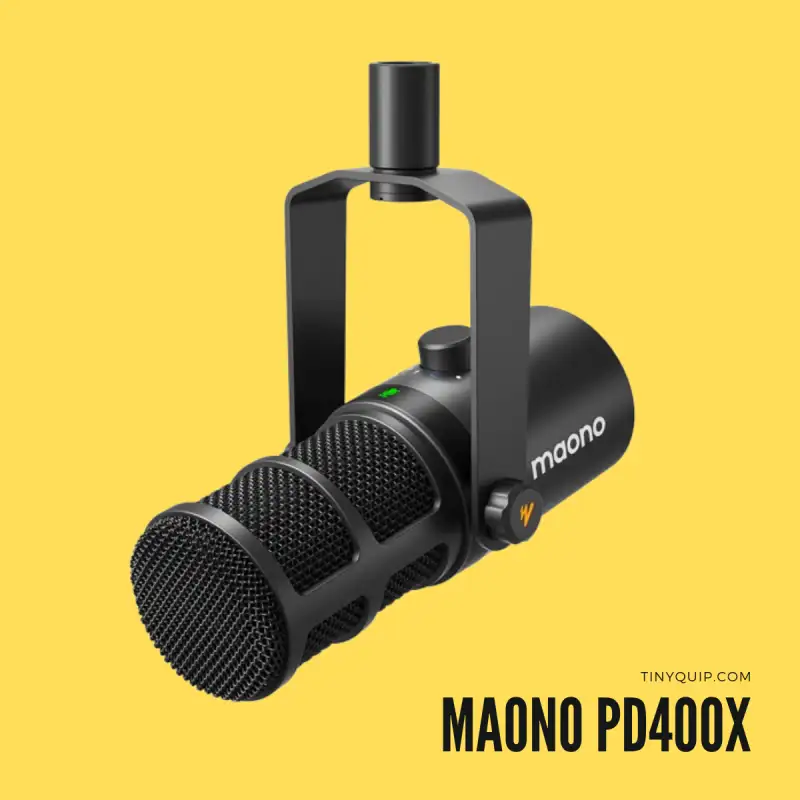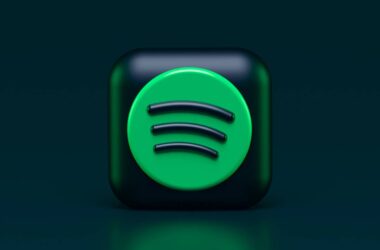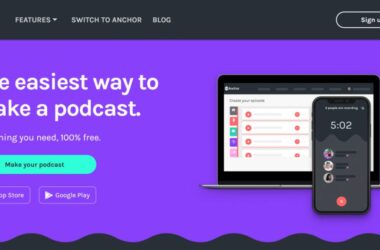Want to transcribe a Spotify podcast? Here are the two methods you can use.
In an era where podcasts have become a staple of digital media, the ability to convert these audio treasures into written form is invaluable. Whether you’re aiming to enhance accessibility, facilitate learning, or simply prefer text over audio, transcribing Spotify podcasts is a task worth mastering. This guide delves into the nuances of podcast transcription, offering a detailed roadmap to transform spoken words into written narratives.

Your Audience is Yawning
Two things can make your audience sleepy while listening to your podcast. One is a boring script, and the second is poor audio.
Here are my 10 best microphones for podcasters that will make you sound sick and professional. It is also budget-friendly for beginners and professionals.
Two Ways to Transcribe Spotify Podcasts
Transcription, at its core, is the art of turning audio content into a readable format. This can be achieved through two primary avenues: manual transcription and automated transcription services. Each method serves different needs and comes with its own set of advantages and challenges.
1. Manual Transcription:
Manual transcription is exactly as it sounds: listening to the podcast and typing out the content. This method demands a keen ear, a fast typing speed, and a lot of patience.
The biggest advantage of manual transcription is its accuracy. You have the control to capture every nuance, correctly spell specialized terminology, and accurately reflect the speaker’s intent. It also allows for the inclusion of annotations or clarifications, making the transcript more useful for readers.
However, the manual process is incredibly time-intensive. Transcribing an hour-long podcast can take several hours, depending on the complexity of the content and the transcriber’s efficiency. It demands undivided attention and a significant amount of effort, making it less feasible for those with time constraints.
2. Automated Transcription Services
Automated transcription relies on speech recognition technology to convert audio into text. These services have seen significant advancements, making them a popular choice for those looking for efficiency.
Automated transcription is fast, converting hours of audio into text in a fraction of the time it takes to transcribe manually. It’s also less labor-intensive, requiring minimal effort from the user beyond uploading the audio file and editing the automated transcript.
The downside is accuracy. Automated services may struggle with accents, background noise, or overlapping speech, leading to errors or omissions in the transcript. They also may not capture the nuances of language as effectively as a human transcriber, resulting in a need for thorough review and editing.
How to Transcribe Spotify Podcasts into Text
Step 1: Choosing Your Transcription Method
First and foremost, decide whether you will transcribe the podcast manually or use an automated service. This decision hinges on your priorities: accuracy versus speed and effort. Manual transcription is ideal for those who require high accuracy and have the time to dedicate to transcription. This method is especially suitable for podcasts with complex terminology or multiple speakers with overlapping dialogue.
For those who are looking for a quicker, less time-consuming method, the automated transcription method is one of the best options out there.
Step 2: Obtaining the Podcast Audio
Since Spotify does not allow direct downloads, you may need to use third-party software to obtain the audio file. Remember to respect copyright laws and only download content legally.
There are various tools and software available online that allow you to download podcasts from Spotify. It is important to ensure that the tool is reputable and does not violate Spotify’s terms of service. Or, as a last resort, you can play the podcast on your device and use audio recording software to capture the content.
Also Read: How to Download Spotify Podcasts without a Premium Subscription
Step 3: Transcribing the Podcast
There are two ways to transcribe Spotify podcasts: manually and automated. While both of these methods allow you to transcribe, both have their own advantages and disadvantages. The automated tools are not very reliable and may include a lot of errors or even miss out on some audio, while the manual transcription methods take a lot of time and effort; yet it is reliable.
1. Manual Transcription Steps
- Listen to a Small Segment: Start by listening to a short part of the podcast, pausing frequently to type what you hear. Use software that allows you to control playback speed and easily rewind.
- Use Transcription Software: Consider using transcription software that offers foot pedal control or keyboard shortcuts to play, pause, and rewind without taking your hands off the keyboard.
- Regularly review your transcript against the audio to catch any mistakes or missed sections.
- Break the Task into Sections: To manage fatigue and maintain accuracy, break the transcription task into manageable sections, taking breaks between sessions.
- Final Review: Once complete, listen to the podcast again while reading your transcript to ensure it accurately reflects the audio content.
2. Using an Automated Transcription Service
- Select from options like Otter.ai, Rev.com, or Temi, based on your needs for speed, cost, and accuracy.
- Follow the service’s process to upload your podcast audio file.
- Use the platform’s tools to review and edit the transcript, correcting any inaccuracies.
Also Read: Does Spotify Pay Podcasters? How to Monetize Your Podcasts
Step 4: Editing and Reviewing
Whether manually transcribing or using an automated service, the editing phase is crucial. This involves correcting mistakes, ensuring proper spelling, and adjusting formatting to improve readability.
Use a spell checker or grammar checking tool to catch common errors. You can use a tool like Grammarly or Hemmingway, which are great for grammar correction and also offer various other grammatical changes.
Step 5: Formatting the Final Transcript
The final step is to format the transcript. This includes adding speaker labels for clarity, inserting timestamps for reference, and breaking the text into paragraphs for easier reading. The goal is to produce a document that is both accurate and user-friendly.
It is important to clearly label who is speaking, especially in podcasts with multiple participants. This helps in avoiding any confusion later.
You may also like to read,
- How to Download Spotify Podcast Episode on Desktop?
- 9 Steps to Fix Spotify App Keeps Buffering: Music and Podcasts
- How to Set Up Sleep Timer on Spotify: Android, iPhone & PC
Frequently Asked Questions [FAQs]
Yes, for personal use or accessibility purposes. However, sharing or publishing transcripts without permission may violate copyright laws.
While much improved, they may still struggle with specific challenges like accents or technical jargon. Accuracy rates can vary widely, generally between 80% and 95%, depending on the audio quality and the service used.
Yes, by providing clear, high-quality audio and utilizing services that allow for custom vocabulary inputs. Editing the transcript post-transcription is also key to improving accuracy.
Typically, it can take 4 to 5 times the length of the podcast, depending on the complexity of the content and the transcriber’s skill.
Before You Leave
Get Our Prime Content Delivered to your Inbox for Free!! Join the Ever-Growing Community… Right Now.
Give this article a quick share,
Wrapping up: How to Transcribe Spotify Podcast
Be it manual or automated, transcriptions require a keen understanding of the podcasts and the content they try to deliver. I personally prefer using the manual transcription method as it minimizes the possibilities of error that the tools may incur. However, if you are short on time, you can always use the tool and recheck each transcription word with the podcast playing in the background.
I hope this guide pretty much helps you with how to transcribe Spotify Podcast from audio to text. If you like this article, do give this a quick share on your social media handles and do tag us. Also, join our Telegram channel, Facebook page, and Twitter to never miss a quick update.






